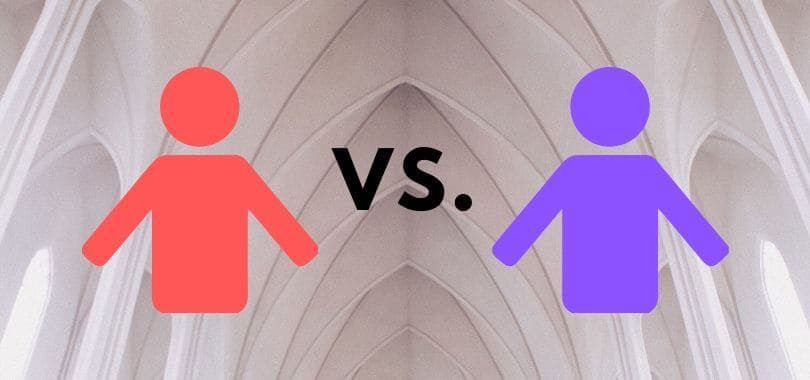Starting a career as a therapist requires making a lot of important choices. The most important choice is deciding between a career as a physical therapist or an occupational therapist. Either way, you will become a great force for positive change in the lives of countless people.
However, there are some differences between the two careers that students need to be aware of beforehand. Although many people outside of the health care sphere use the terms interchangeably, physical therapy and occupational therapy have some significant differences, despite sharing many similarities. Both have the strong potential to be extremely rewarding career paths. But, students must understand what makes each of them unique before deciding which one is right for them.
Different Job Descriptions
Although the jobs appear similar on the surface, the most significant difference between physical therapy and occupational therapy is in the patients who therapists in each practice serve.
Who They Work With
Occupational therapists work primarily with patients who have developmental or cognitive disabilities that limit their ability to perform simple everyday tasks or have suffered injuries with the same effect. They focus on helping patients with the more practical aspects of their lives so they can live as independently as possible.
On the other hand, physical therapists are much more likely to work with people who have suffered injuries that have restricted their movements — such as injuries from athletic activity — and help them regain their full range of motion. Physical therapists also concentrate a lot of their work with patients on injury prevention.

Different Treatment Plans
These differences also express themselves in therapists’ typical treatment plans. For example, the occupational therapist begins working with a patient by identifying the tasks the patient needs help with, such as tying his or her shoes or preparing meals. The occupational therapist will then develop a rehabilitation plan that may involve making changes to the patient’s home or work environments. Occupational therapists also frequently work with patients to help them with cognitive and/or memory loss issues.
For a physical therapist, a patient’s treatment begins with diagnosing his or her physical limitations or pain. The physical therapist will then create a program based on exercise, massages, lifestyle changes, and other techniques aimed at relieving pain and strengthening muscles.
Meeting the Requirements
Given how different occupational therapists’ and physical therapists’ concentrations are, it should be no surprise that the educational and licensing requirements for both careers are very different, as well. Becoming a doctor of physical therapy requires the completion of what is typically a three-year program after the completion of a bachelor’s degree — although some programs allow students to enroll directly out of high school. Physical therapy programs typically consist of 80 percent classroom study and laboratory work, with the rest consisting of clinical experience outside of the classroom. A physical therapy student’s education culminates with the National Physical Therapy exam. There may be additional requirements, depending on the state.
For students pursuing a career in occupational therapy, they must begin with a bachelor’s degree in a related field such as biology or health science. They must complete a master’s degree in a program approved by the American Occupational Therapy Association, which typically takes two years to complete and includes 16 weeks of field study. Students also have the option to pursue a doctorate in occupational therapy, although this is not required. Finally, occupational therapy students must pass the National Board for Certification of Occupational Therapy exam as well as any additional requirements depending on their home state.
A Healthy Outlook
Whether a student chooses to enter physical therapy or occupational therapy, the outlook for job prospects is bright. Physical therapists have a median income of more than $85,000 per year, and there is expected job growth of 34 percent between now and 2024. For occupational therapists, the median income is more than $81,000, with 27 percent job growth expected by 2024.
In addition to the strong outlook in terms of compensation and the job market for both positions, of course, therapists can look forward to long and satisfying careers helping people. No matter which career path students choose, they can be assured that a career as a therapist will be a good one.
http://www.slideshare.net/slideshow/embed_code/key/kd15DgJjFeD66r
(Go full-screen for best viewing experience)
Use College Raptor to discover personalized college matches, cost estimates, acceptance odds, and potential financial aid for schools around the US—for FREE!






